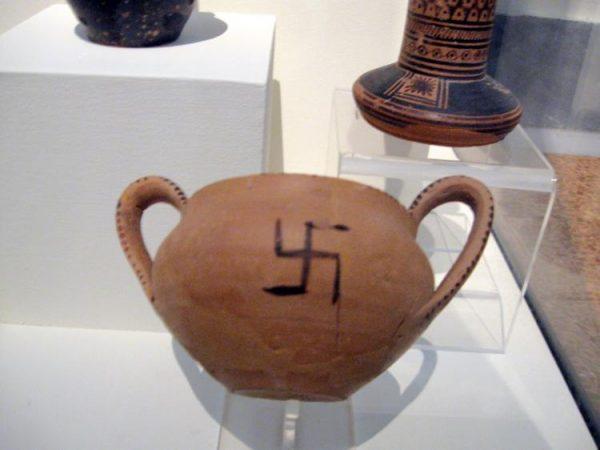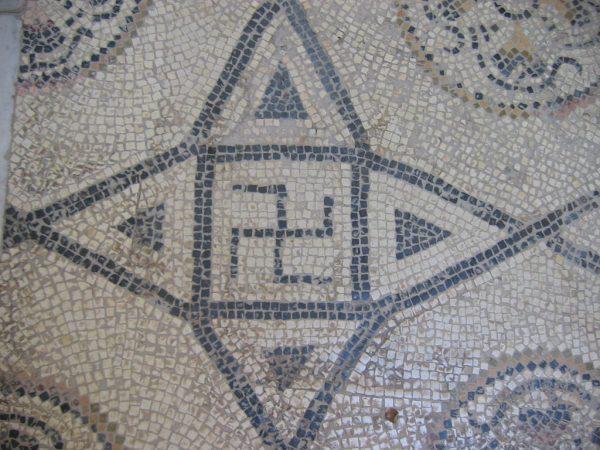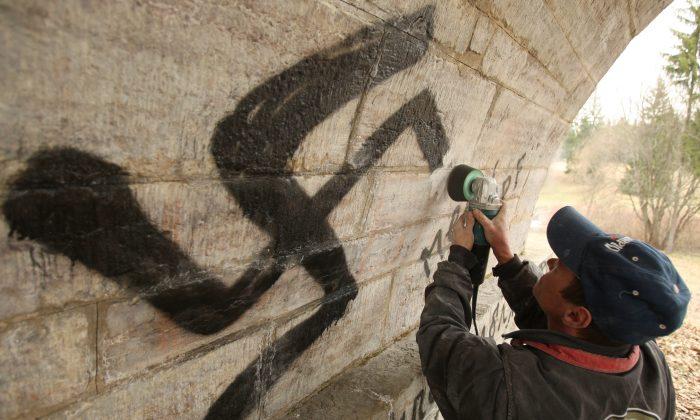Nazi symbols are one step closer to be banned in the Australian state of New South Wales (NSW) after a legislation criminalising their use passed the state parliament’s lower house on Aug. 9.
Under the legislation, the use or display of Nazi flags or memorabilia bearing swastikas would be banned.
Individual offenders face up to 12 months in prison or a fine of $11,000 (US$7,645), or both, while businesses face fines of up to $55,000.
“New South Wales is a place where everyone can expect protection and safety from serious vilification and hate crimes.”
Speakman said the display of Nazi symbols undermine Australians’ shared values and causes harm and distress to others in the community, including those from the Jewish faith.

In 2020, NSW Police received 31 reports of Nazi flags being displayed, including one from a home near a Sydney synagogue.
“This distress is also felt keenly by groups targeted by the Nazis, including people with disabilities and members of the LGBTQIA+ community, and by veterans who risked their lives in service for our country,” he said.
Religious Communities Exempted
The display of a swastika in connection with Buddhism, Hinduism, or Jainism will not constitute the display of a Nazi symbol under the bill, according to NSW Minister for Multiculturalism Mark Coure.“The swastika has been an ancient symbol of peace, prosperity, and auspiciousness for these spiritual groups for thousands of years,” Coure said.
“This Bill reflects stakeholder feedback that the offence should not apply to a swastika displayed in connection with Buddhism, Hinduism or Jainism.”

In addition, according to the Bill, the public display of Nazi symbols will not be a crime if there is a reasonable excuse, such as for artistic, academic or educational purposes or any other purpose in the public interest.
“The Bill also provides in proposed section 93ZA(3) that it is not an offence to display a Nazi symbol where there is a reasonable excuse, done reasonably and in good faith, for another purpose in the public interest,” the Attorney General Mark Speakman said in an email to The Epoch Times.
Response from Jewish Community
The state’s Jewish community welcomed the pass of the bill.“In recent years we have seen a surge in the use of these symbols by right-wing extremists and for other faith-based attacks, both in-person and online,” NSW Jewish Board of Deputies CEO Darren Bark said. “Hate has no place in our tolerant multicultural society.”

“Nazi symbols are a gateway to violence and vilification, and this historic legislation will ensure those who are here to cause harm in our community are dealt with under the law.
Professor of Law: Banning Swastika Will Cause It to Spread Further
However, others have expressed a different view arguing that banning the symbol will push it underground, where it will spread.Gabriël A. Moens AM, an emeritus professor of law at the University of Queensland, argued that the ban of the swastika would push the Nazi symbol underground, where it could fester and cause more issues in society.
Ancient Origins of Swastika
Before the right-facing swastika was appropriated by the Nazis, the symbol was venerated by many ancient cultures as a symbol of light and peace for thousands of years.The earliest known swastika was found in 10,000 B.C. in the Ukraine, carved on mammoth ivory.

Additionally, the symbol can be found in artifacts from Ancient Greece and in the remains of the ancient city of Troy, which existed 4,000 years ago. While the ancient Druids and the Celts also utilised the symbol, as did the early Nordic tribes and even early Christians as one of their symbols.

The bill still needs to be passed by the NSW upper house before it can be officially come into force.





Friends Read Free